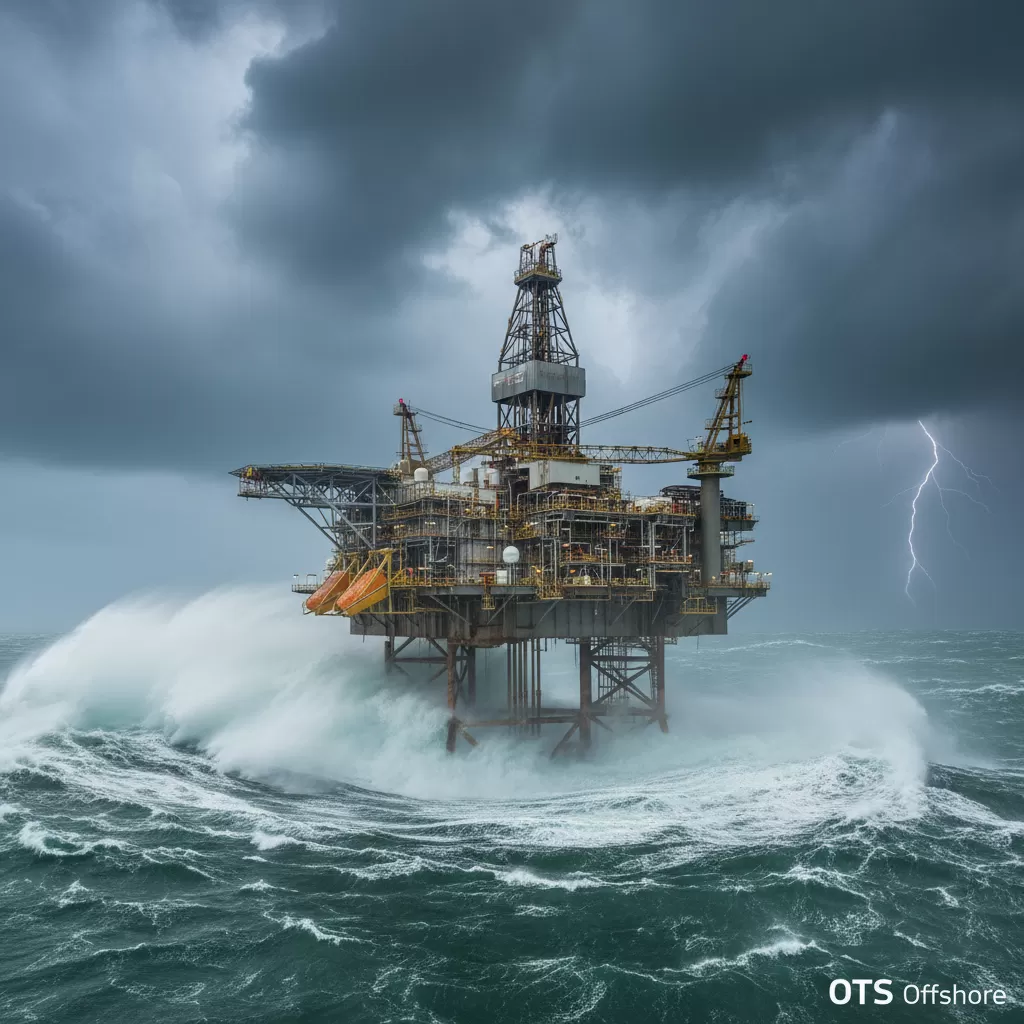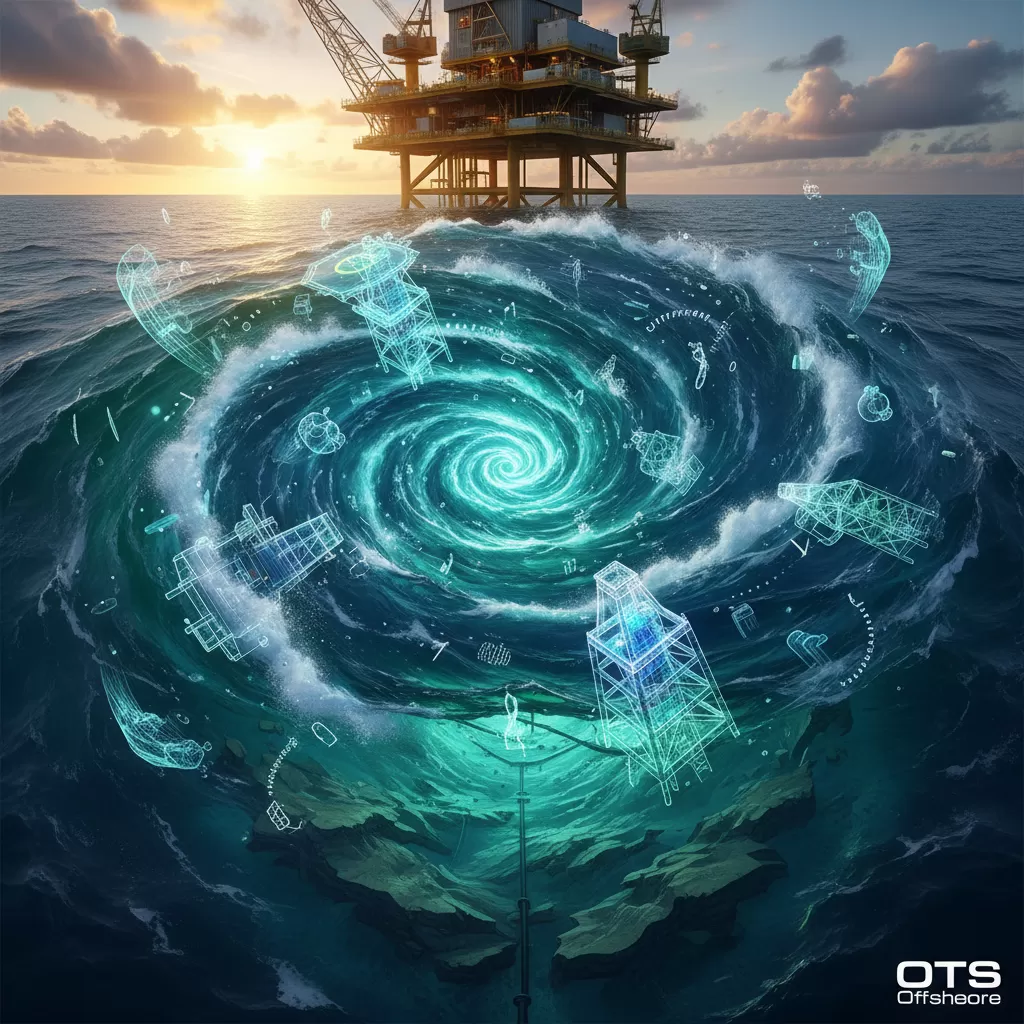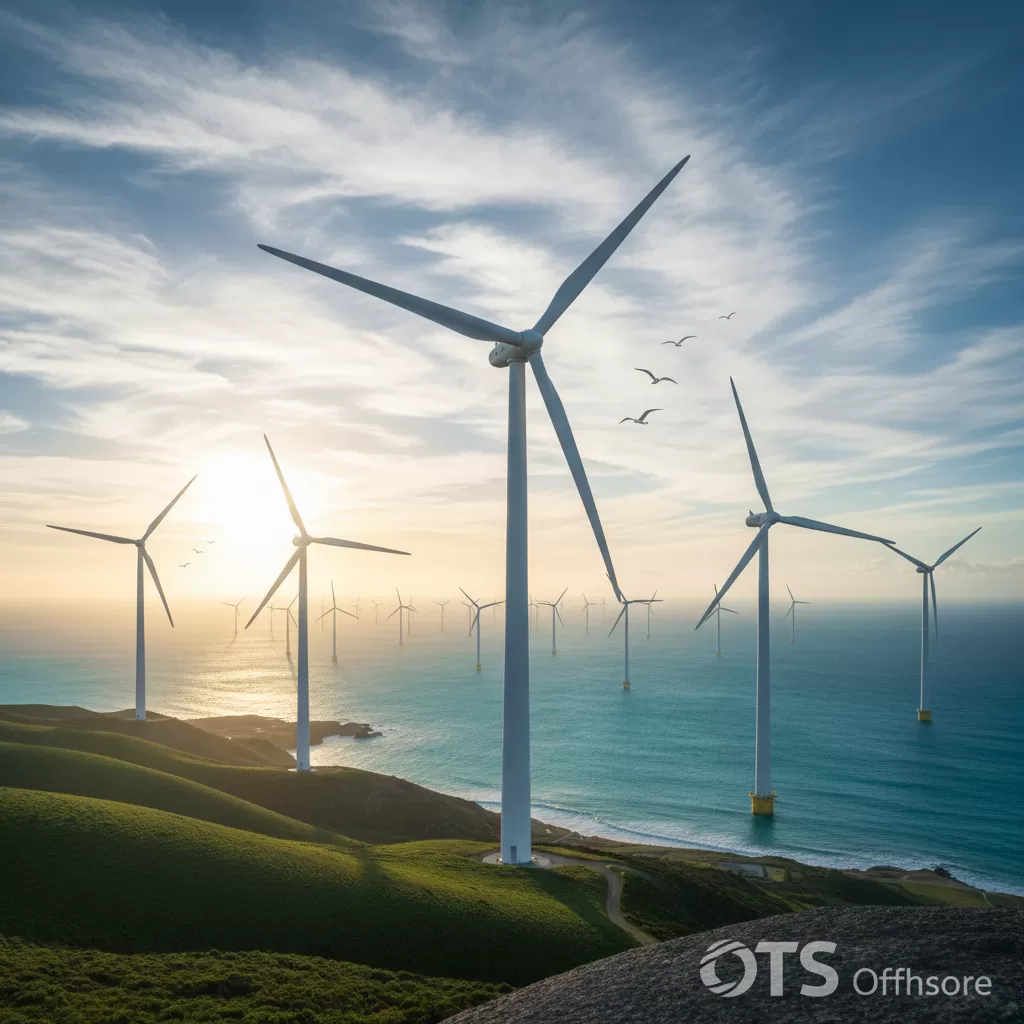A comprehensive understanding of Analysis Environmental Loads is crucial for ensuring the integrity and operational longevity of offshore drilling rig structures. This article delves into the multifaceted environmental forces that impact these critical assets, exploring their sources, measurement techniques, and the implications for structural design and risk management within the offshore energy sector.
The Critical Role of Analysis Environmental Loads in Offshore Drilling Rig Integrity
The operational domain of offshore drilling rigs is inherently dynamic and unforgiving, subjecting their structural components to a relentless barrage of environmental forces. A thorough Analysis Environmental Loads is not merely an academic exercise; it is a fundamental requirement for safe and efficient hydrocarbon exploration and production. These loads, stemming from the ocean’s atmosphere and water column, directly influence the design parameters, material selection, operational procedures, and maintenance schedules of these complex engineering marvels. Without accurate assessment and robust mitigation strategies, the structural integrity of drilling rigs can be compromised, leading to catastrophic failures, environmental disasters, and significant economic losses. Understanding the nuances of wave action, wind pressures, current forces, ice loads, and seismic activities is paramount for engineers, operators, and regulatory bodies involved in the offshore energy industry. This deep dive into Analysis Environmental Loads aims to elucidate the key factors that dictate the survivability and performance of offshore drilling platforms in some of the world’s most challenging marine environments.
Understanding the Spectrum of Environmental Loads
The marine environment presents a complex and synergistic array of forces that exert significant stress on offshore drilling rig structures. These loads are not static but vary dynamically with time, location, and meteorological or oceanographic conditions. A detailed Analysis Environmental Loads necessitates the categorization and quantification of these diverse influences.
Hydrodynamic Loads: The Power of Water
Hydrodynamic loads are primarily driven by the motion of water around the submerged portions of the drilling rig structure.
– Wave Loads: The most prominent hydrodynamic force originates from surface waves. Their impact is characterized by their height, period, and direction. Plunging, breaking, and surging waves can exert immense, transient forces on the substructure and hull. The interaction of waves with complex geometries, such as jacket legs or pontoons, generates significant drag and inertia forces. Understanding wave spectra, such as Pierson-Moskowitz or JONSWAP, is vital for accurately modeling these loads.
– Current Loads: Steady or variable ocean currents exert a continuous force on submerged structures. These forces are dependent on the current velocity, the shape and size of the submerged members, and the fluid density. For deepwater structures, current loads can be substantial and contribute significantly to the overall lateral forces. Eddy shedding and vortex-induced vibrations (VIV) can also be associated with current flow, inducing dynamic fatigue loads.
– Tidal Loads: While often considered part of current loads, tidal variations can influence water depths and thus the effective submerged surface area, subtly altering the overall force profile.
– Marine Growth: The accumulation of marine organisms on submerged surfaces increases their effective diameter and roughness, thereby augmenting drag coefficients and increasing the impact of current and wave loads. Regular cleaning and inspection are crucial to manage this parasitic load.
Aerodynamic Loads: The Influence of the Atmosphere
Aerodynamic loads are generated by wind acting upon the exposed portions of the drilling rig, particularly the derrick, drill floor, accommodation modules, and other superstructures.
– Wind Pressure: The fundamental aerodynamic load is wind pressure, which is directly proportional to the square of the wind velocity. Offshore wind speeds can be extreme, especially during tropical cyclones or severe storms. The complex shapes of superstructures can create localized high-pressure and low-pressure zones, leading to significant overturning moments and shear forces.
– Gust Effects: Wind is rarely uniform; it contains turbulent fluctuations and gusts that can impose dynamic, short-duration loads. Dynamic amplification of these gust loads can be more critical than steady-state wind pressures for certain structural configurations.
– Ice Loads (Arctic Environments): In polar regions, ice presents a unique and formidable challenge. Ice floes, icebergs, and shore-fast ice can exert immense crushing, pushing, and gouging forces on offshore structures. The analysis of ice loads involves understanding ice strength, thickness, drift velocities, and the specific interaction mechanisms (e.g., rubble pile formation, ride-up).
Other Significant Environmental Loads
Beyond the primary hydrodynamic and aerodynamic forces, several other environmental factors must be considered in a comprehensive Analysis Environmental Loads.
– Seismic Loads: Earthquakes, though less frequent in many offshore operating areas compared to onshore, can induce significant ground accelerations that are transmitted to the drilling rig structure. The magnitude and frequency content of seismic waves, along with the dynamic characteristics of the rig, determine the resultant seismic forces. Soil-structure interaction also plays a role, especially for bottom-founded structures.
– Temperature Variations: While generally not a primary driver of structural failure, significant temperature fluctuations can induce thermal expansion and contraction in structural members, leading to internal stresses. In extremely cold environments, materials can become brittle, reducing their resistance to other loads.
– Collision Loads: Accidental collisions with vessels, ice, or dropped objects can impose severe, localized impact loads. While not strictly environmental, these events are often considered in the overall risk assessment for offshore structures.

Methodologies for Analysis Environmental Loads
The accurate assessment of environmental loads relies on a combination of theoretical modeling, empirical data, and advanced simulation techniques. The objective of Analysis Environmental Loads is to determine the extreme loads that the structure might encounter during its design life and the cumulative fatigue loads resulting from repeated environmental cycles.
Statistical Analysis of Environmental Data
– Extreme Value Analysis (EVA): This statistical method is used to estimate the maximum expected environmental conditions (e.g., wave height, wind speed) over a specified return period (e.g., 100-year storm, 1000-year storm). Techniques like Gumbel distribution, Fréchet distribution, and Weibull distribution are commonly employed.
– Historical Data: Leveraging long-term meteorological and oceanographic data from the specific operating area is fundamental. This data, collected from buoys, satellites, and weather models, provides the basis for statistical extrapolations.
Numerical Modeling and Simulation
– Hydrodynamic Modeling: Computational Fluid Dynamics (CFD) and potential flow theory are used to simulate wave-structure interactions. These models can predict wave forces, added mass, damping coefficients, and excitation forces with high fidelity.
– Aerodynamic Modeling: Wind tunnel testing of scaled models or computational aeroelastic modeling is used to determine wind loads and their dynamic effects on superstructures.
– Finite Element Analysis (FEA): FEA is indispensable for analyzing the structural response to calculated environmental loads. It allows engineers to determine stress distributions, deformations, natural frequencies, and potential failure modes within the rig structure.
– Coupled Analysis: For complex phenomena like wave-structure interaction with floating bodies or dynamic response to wind and waves simultaneously, coupled numerical models are often required. These models integrate fluid dynamics solvers with structural dynamics solvers.
Physical Model Testing
– Wave Tank Testing: Scale models of drilling rigs are subjected to simulated wave conditions in controlled environments to validate numerical models and directly measure forces and responses. This is particularly useful for complex geometries or when dealing with non-linear phenomena.
– Wind Tunnel Testing: Similar to wave tanks, wind tunnels are used to assess aerodynamic forces on the above-water structures.
Implications of Environmental Loads on Drilling Rig Design and Operations
The outcome of a thorough Analysis Environmental Loads directly shapes critical decisions throughout the lifecycle of an offshore drilling rig.
Design Considerations
– Structural Strength and Stability: The primary implication is ensuring that the structure can withstand the calculated extreme environmental loads without yielding or buckling. This dictates the size, shape, and material properties of structural members.
– Fatigue Life: Repeated cycles of environmental loading, especially from waves and wind, can lead to fatigue damage. Analysis Environmental Loads includes assessing cumulative damage over the rig’s intended service life, necessitating robust fatigue design and inspection protocols.
– Mooring and Station-Keeping Systems: For floating rigs (semisubmersibles, drillships, TLPs), the mooring system must be designed to resist the combined environmental forces to maintain the rig’s position within acceptable limits. This involves analyzing the capacity of anchors, lines, and fairleads.
– Decommissioning: Even at the end of its operational life, environmental loads must be considered during the decommissioning process, particularly for removal operations.
Operational Procedures and Risk Management
– Weather Forecasting and Avoidance: Real-time weather monitoring and accurate forecasting are crucial for operational safety. Rigs may need to disconnect from the wellhead, retract components, or alter operational parameters during severe weather.
– Load Monitoring: In-situ sensors can monitor actual environmental loads and structural responses, providing valuable data for operational adjustments and predictive maintenance.
– Emergency Response Planning: Understanding the potential impact of extreme environmental events is vital for developing effective emergency response plans, including evacuation procedures.
– Regulatory Compliance: Design codes and standards (e.g., API, DNV, ISO) mandate specific requirements for environmental load analysis and structural design to ensure a minimum level of safety.
Material Selection and Maintenance
– Material Durability: The harsh marine environment necessitates the use of materials that are resistant to corrosion, fatigue, and extreme temperatures.
– Inspection and Repair: Regular inspections are critical to detect any signs of damage or degradation caused by environmental loads. A proactive maintenance strategy, informed by load analysis, can prevent minor issues from escalating into major structural problems.

The Future of Analysis Environmental Loads for Offshore Rigs
As the industry pushes into deeper waters and more challenging environments, the sophistication of Analysis Environmental Loads continues to evolve.
– Advanced Computational Techniques: The development of more powerful computing resources allows for higher-fidelity simulations, including coupled multi-physics models that capture the intricate interactions between waves, wind, currents, and the structure.
– Machine Learning and AI: The application of machine learning algorithms for predicting environmental conditions and structural responses is an emerging area, promising more accurate and efficient load assessments.
– Integrated Sensor Networks: The deployment of extensive sensor networks on rigs and in the surrounding environment will provide unprecedented real-time data for validating models and informing operational decisions.
– Climate Change Impact: Understanding how climate change might alter storm intensity, sea-level rise, and oceanographic patterns is becoming increasingly important for long-term structural integrity assessments.
The continuous refinement of methodologies for Analysis Environmental Loads is not just about meeting regulatory requirements; it is about safeguarding lives, protecting the environment, and ensuring the sustainable development of offshore energy resources.








